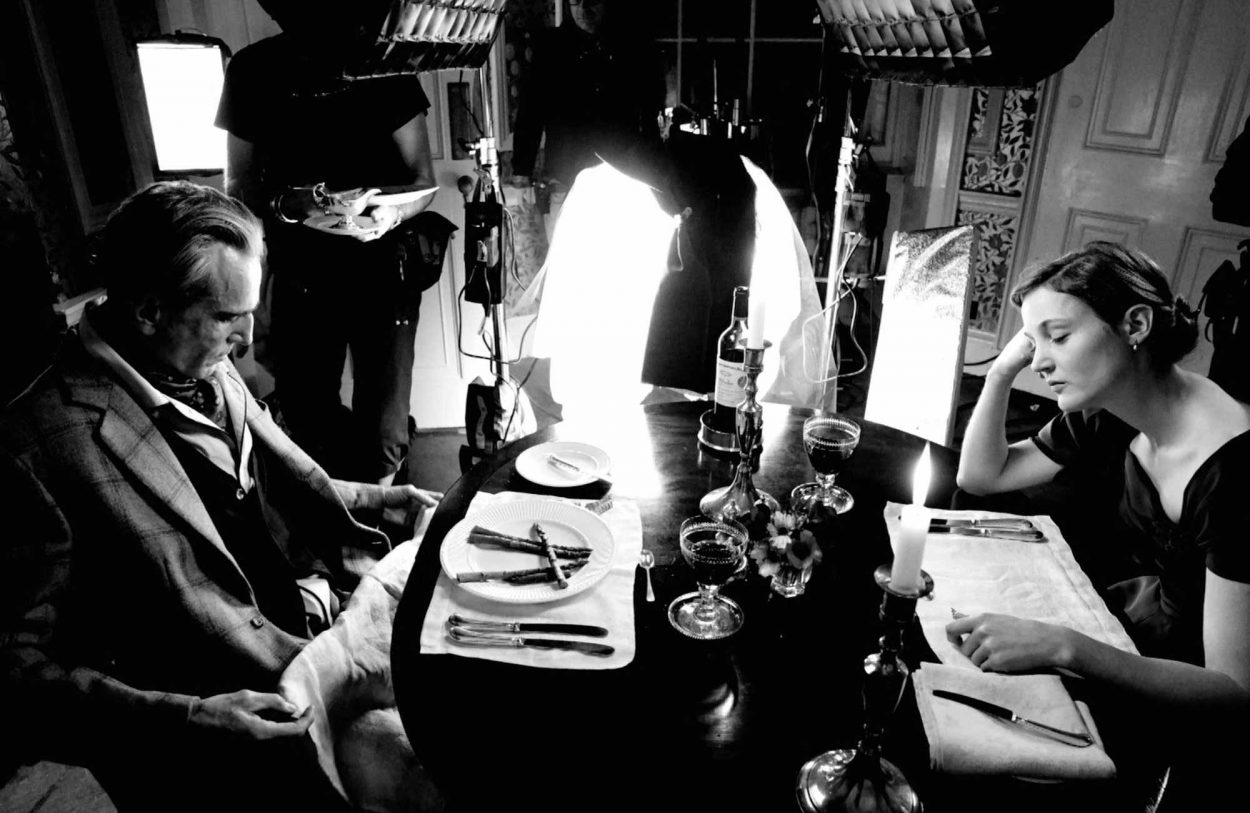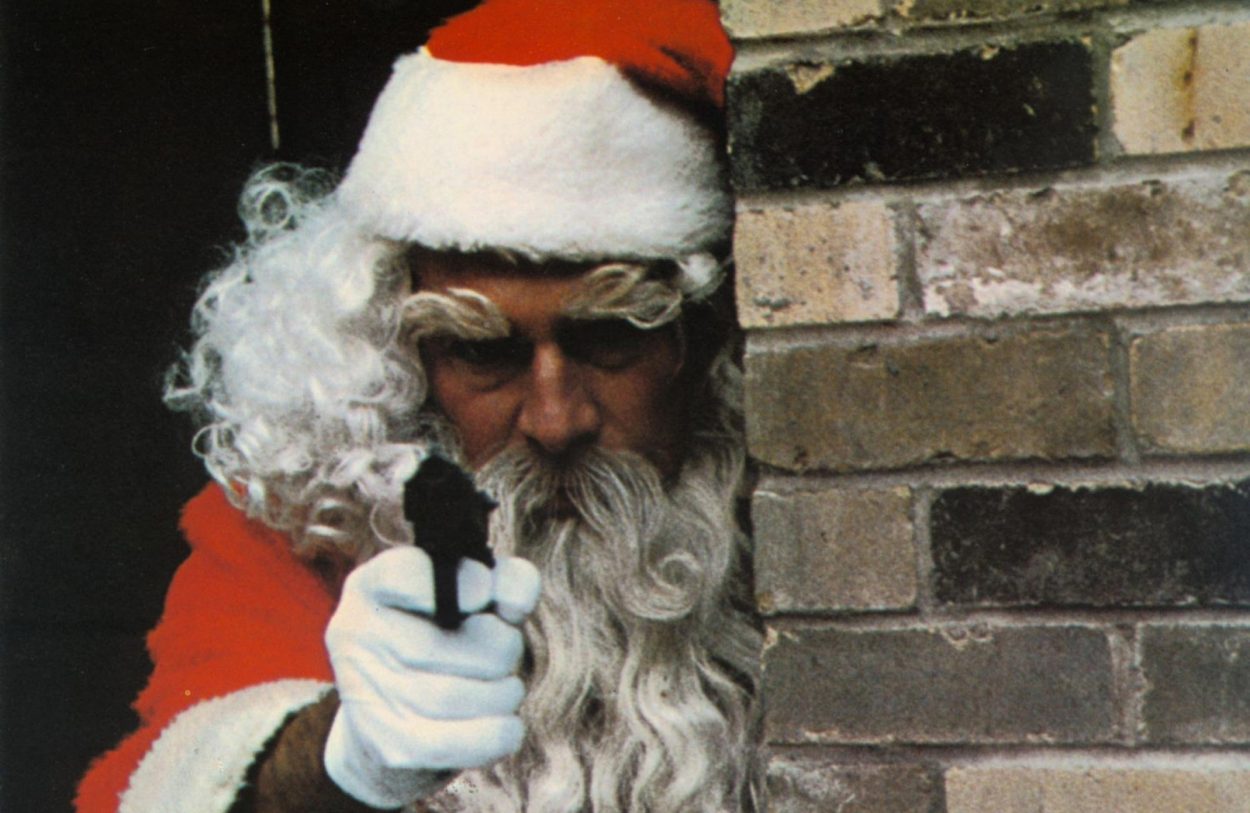Steven Soderbergh has employed a skill set that has sustained his profile as one of the most interesting directors of the present day. With his penchant for genre-hopping, technical experimentation, prolific output, trope subversion – even during the period where he proclaimed his retirement from feature filmmaking to work on television projects as “The Knick” – it is his frequent unpredictability that paradoxically makes him a reliable quantity to film lovers.
A consistent and welcome element in Soderbergh’s films is his gift for casting. Not just in terms of great names, but players who often have an aura that while not directly relevant to the story, add to their presence and provide extra flavor. By using non-professionals in his low-key mystery Bubble, their lived-in lack of guile is perfect for a story about people engaged in traditional intrigue without Hollywood artiface. Logan Lucky uses actors like Daniel Craig and Sebastian Stan playing wildly against type to build on its comedy of ambitious thieves who may conceivably be overreaching with their heist plan.
As such, one of the lesser-discussed strengths of his 1999 neo-noir The Limey is that, in accordance with its ongoing themes of the promise and vigor of the past coming to a sharp clash with the consequences of the present, it not only offers up a literal contrast of the younger and older personas of its leading man Terence Stamp as its title avenger Wilson, but alludes to similar dissonance with three other major icons of that late ‘60s heyday where Stamp and these performers first flourished.
Up front is Wilson’s primary antagonist in the story, record producer Terry Valentine. Valentine is depicted on outwardly coasting on his still-handsome appearance and his earlier reputation, but ultimately being propped up through drug trafficking. Valentine seems to be the antithesis of Wilson – rich and protected in comparison to Wilson being hard and scarred from his prison years – yet the story ultimately reveals they are sadly living parallel lives. As Wilson was dependent (and ultimately betrayed) by the larger criminals he worked for in the course of keeping a home for his family, Valentine is revealed as a pawn himself of his narcotics-trading masters, at any time vulnerable to being cast aside if there were ever a public whiff of how he has sold his good name for affluent stability.
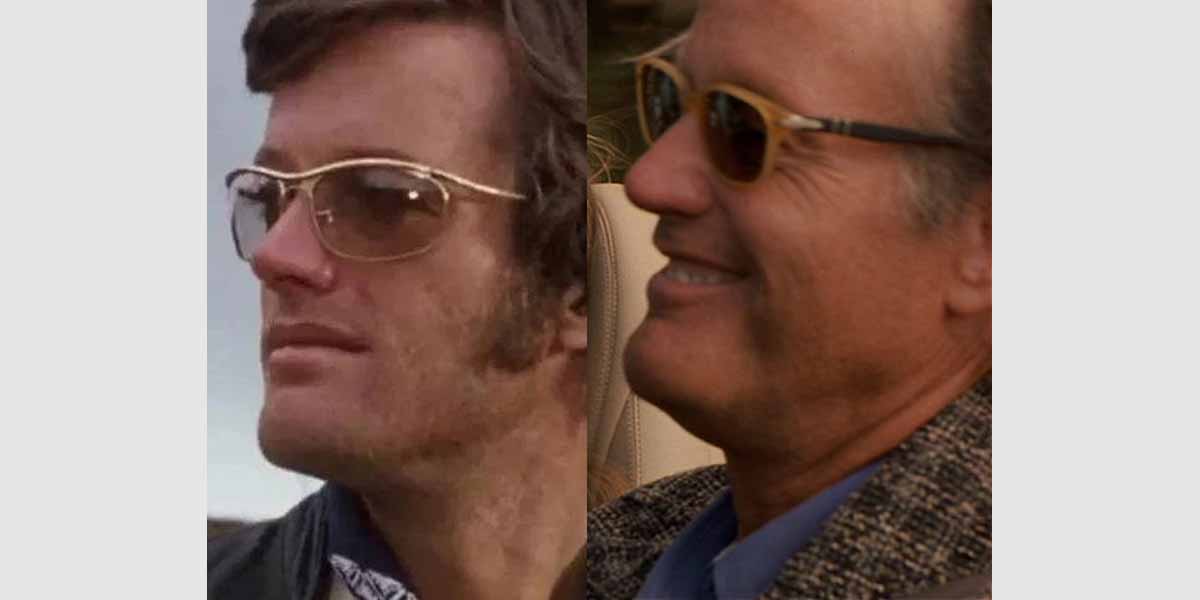
Where Stamp had been positioned as a virtual godlike presence in Billy Budd and Teorema, Fonda soon positioned himself as The Rebel, a nonconformist of a revered acting family that after a few conventional handsome boy roles went full bore into the counterculture, riding motorcycles, experimenting with controlled substances, and upending conventions. Movies he directed may have presented themselves as westerns (The Hired Hand) or science fiction (Idaho Transfer), but like Soderbergh, used those frameworks to explore deeper ideas. And like Stamp, he had always been steadily working up to the point of The Limey’s production, but similar to the momentum Stamp had been enjoying since his acclaimed performance in Adventures of Priscilla Queen of the Desert in 1994, Fonda was also in a career reniassance: the ‘90s brought well-received appearances in Michael Almereyda’s Nadja and John Carpenter’s Escape from L.A., that culminated with starring in Vincent Nunez’ 1997 family drama Ulee’s Gold, a performance that yielded an Academy Award nomination for Best Actor, with wins from the Golden Globes and other critics’ groups. After The Limey, Fonda continued to alternate between low-budget projects, studio pictures, and TV appearances, working all the way to his death this past August, never quite reaching the same apex of that late ‘90s upswing, but continually earning respect that his character Valentine knows is behind him now.
Valentine has a man in his employ, Jim Avery, who, over the course of the shifting narrative of the story, may be the real boss in the sordid activities that happen when the glamorous parties are not in session. It is Avery who first recognizes the legitimate threat of Wilson, who supervises the manpower that keeps his employer initially safe from him, who enlists hit-men to eliminate the stranger, and in the film’s climax, is the person that made a fateful decision that has led to Wilson’s pursuit of Valentine.
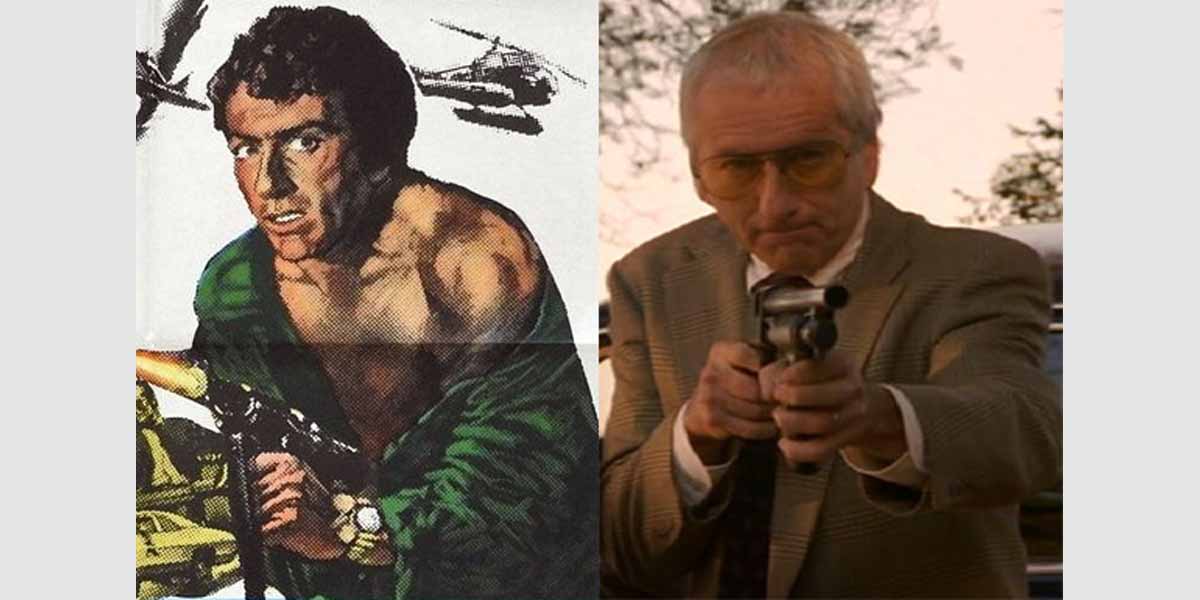
The persona that propelled Barry Newman to early success can be called The Facilitator, the man who made things happen for people, often without offering details about why he was so driven to do so. His standout role in Richard Sarafian’s 1971 Vanishing Point is the first go-to most fans would cite; his engimatic Kowalski hyperspeeding his way to delivering a Dodge Challenger to San Francisco because, he simply must. A close second is self-proclaimed “I root for the visitors” defense lawyer Anthony Petrocelli, first portrayed in Sidney J. Furie’s 1970 thriller The Lawyer and expanded in the 1974-’76 NBC series “Petrocelli” – it’s never clearly lain out why he’s relocated from a big city to a sleepy small town to practice law, save that it satisfies his justice quest. And even in the 1972 Alastair MacLean adaptation Fear is the Key, where a detailed explanation is offered for his character’s motivation, it is only in the film’s literal dying minutes that it’s revealed. By the time of filming The Limey, Newman was in comfortable “guest star” mode, but his pivotal role here returns him to that force-of-will status of his prime. However, that man is now aligned to darker purposes. In a serendipitous turn, The Limey played in theatres at the same time as Frank Oz’s comedy Bowfinger, which also starred Newman and Stamp playing broader variations of facilitator and avenger, the former serving as rattled movie star Kit Ramsey’s agent and the latter as his spiritual advisor.
To make Avery’s plans in Valentine’s name come to pass, there is Uncle John. Technically, he is neither the primary nor the brains in the team that are assigned the task of eliminating Wilson – that belongs to his younger, acidic partner Stacy. It’s not clear whether Stacy calls John “Uncle” out of respect or sarcasm – maybe it’s both. On one hand, he has enough horse sense to take advantage when a belligerent pool player threatens him and Stacy then turns their back, so it’s apparent he was once a former great to be revered. However, he otherwise leaves the big decisions to his mouthy friend, trusting him to lead, and Stacy likely regards John as a relic soon to be out of the business in some fashion.
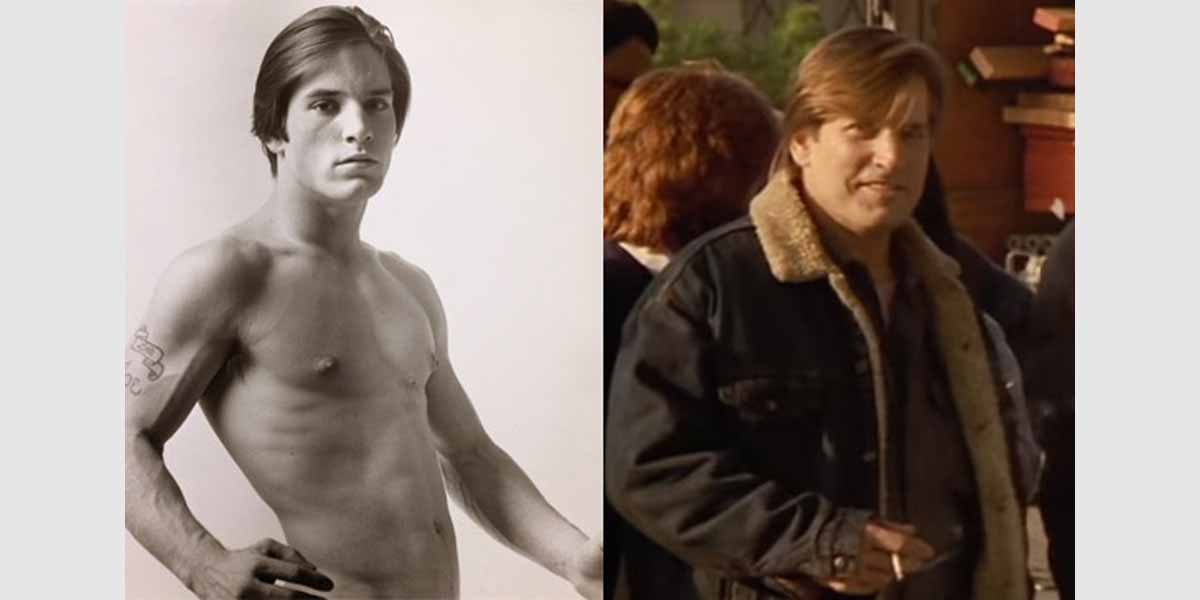
While his immortalization in Lou Reed’s “Walk on the Wild Side” and in Paul Morrissey’s Flesh, Trash, and Heat have commonly pigeonholed him as a perpetual hustler, a better classification for the enduring image of Joe Dallesandro is The Drifter, the man who somehow found his way into a place, adapted well, and stayed until something blew him into another situation. A frequent runaway and petty delinquent in youth, in 2018 he recounted to musician Thiago Pethit, “I was a young kid and over time Paul Morrissey became my mentor…people wanted to see me, they wanted to see how I reacted to certain situations…the Andy Warhol thing was an accident, but Paul groomed me and made sure I would be able to react the right way and I allowed that to happen…Then I went to Europe and got to work with a lot of great directors and film people, really important people. It wasn’t anything I did, I didn’t search them out, they searched for me.” He would return from his European sojourn to work for Francis Ford Coppola, Blake Edwards, and John Waters, but was already easing out of full-time acting before being cast by Soderbergh in what would be his last major film role. And in the short amount of screen time he shares with the irresistibly fractious Nicky Katt as Stacy, his presence suggests a similarly colorful odyssey that brought him to this Mutt & Jeff pairing, but that this team is running on fumes. When asked by Pethit if he would like to continue acting, Dallesandro said, “I don’t have the energy, right now I’m so exhausted I could go into the bedroom and sleep. When I did The Dandy Warhols’ video for You Are Killing Me it was just two days of shooting, but they were full days and I had to be in everything, it was tough. I don’t have the energy anymore.”
This arrangement and staging of actors demonstrates Soderbergh’s keen eye for underappreciated talent and personal history, and more importantly drives home the story’s bleak assessment of where all that ‘60s counterculture ambition went. Maybe The Limey has held onto his moral code from that earlier time, but The Rebel has cashed in his bonafides, The Facilitator has sold out to the bad guys, and The Drifter has been drawn to a dead end. In his original 1999 review of The Limey, Roger Ebert concluded with a paragraph that effectively felt the same way:
Soderbergh makes full use of the screen history of [these actors]. We get flashbacks of Wilson as a young man–actually Stamp in the movie Poor Cow (1967). The first time we see Fonda, a song tells us “he’s ‘Easy Rider’ with a curse.” We learn the Valentine character “took the whole ’60s Southern California zeitgeist and ran with it.” What is The Limey about? Drugs, girls, guns and revenge? Not at all. It’s about retirement. It’s about tough guys who talk big but are past their sell-by dates. They’re not fast enough for the ageless limey, who was cured in prison like beef jerky, and comes in low and fast. Soderbergh’s visuals place them in the eternal world of California wealth and sun, heaven’s waiting room, where the old look young until they look dead. When Wilson gets off the plane from London, they might as well take their zeitgeist and stick it where the zeit don’t geist.

